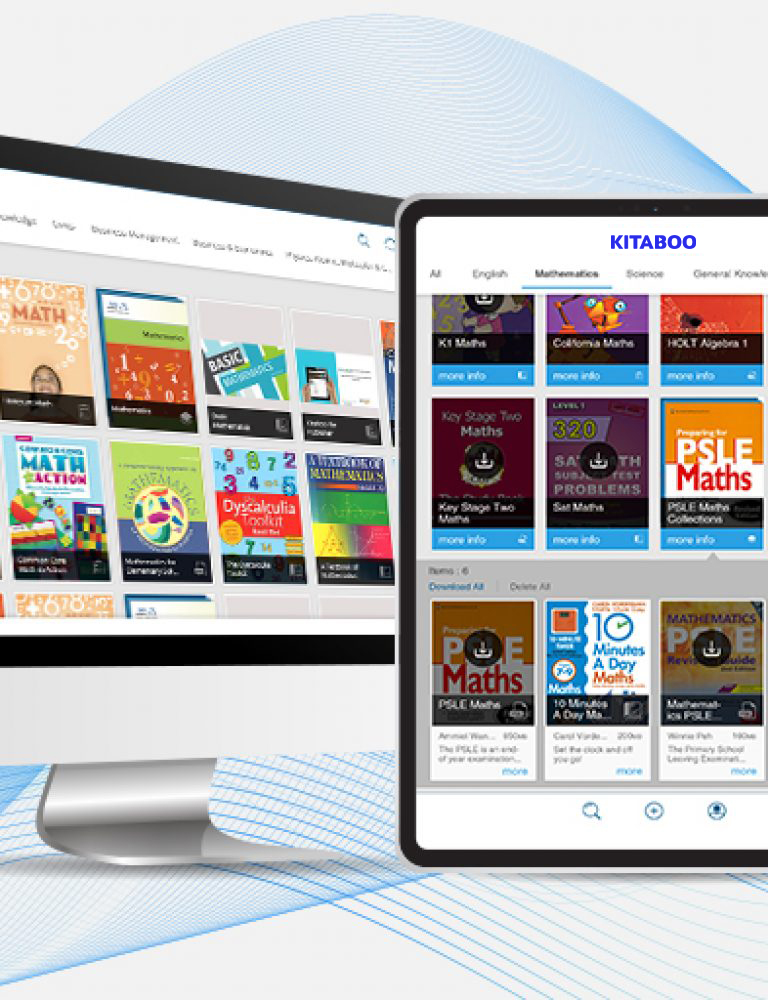In today’s fast-moving digital world, the online interconnectedness of our lives and the proliferation of data has greatly increased. Studies report that a typical internet user spends approximately 6 hours and 40 minutes online daily. In such a landscape, it becomes increasingly crucial to safeguard sensitive documents and digital information.
Governments, organizations, and individuals grapple with numerous challenges in this environment, ranging from sophisticated cyberattacks to regulatory compliance. The large volume of data, external threats, and AI advancements are some other challenges for entities seeking to protect sensitive information.
If you are looking to learn more about document security systems and the challenges it poses, you’re at the right place. In this comprehensive guide, we will cover multiple aspects of document security, its features, and challenges. Let’s dive in!
Table of Contents
I. What Is the Security of Documents and Information?
II. Why Is Document Security Important?
III. Standard Features of Document Security
IV. Challenges in Document and Information Security
- Advanced Cyber Threats
- Insider Threats
- Increased Data Fragmentation and Proliferation
- Compliance and Regulatory Requirements
- Legacy Systems and Technologies
V. Conclusion
What Is the Security of Documents and Information?
Document and information security protects sensitive documents from unauthorized access, cyber theft, or manipulation. Digital data and information go through various stages, like creation, storage, and dissemination. At each stage, it is essential to protect the data with proper practices, policies, and technologies.
Governments, organizations, and individuals can enhance their data asset protection against emerging cyber risks and guarantee the confidentiality, integrity, and availability of sensitive information by implementing a comprehensive document and information security strategy.
Why Is Document Security Important?
We live in a digitally advanced world where online users share sensitive information both consciously and unconsciously. It is the ethical and moral duty of organizations to protect this private information from being leaked or accessed by unauthorized individuals.
Mentioned below are some reasons to underscore the importance of document security:
- Leaks of confidential documents with sensitive information like personal data, financial records, business information, etc., can lead to identity theft, financial fraud, or intellectual property theft.
- Cyber attacks on organizations and businesses can damage brand image, credibility, and customer trust.
- Many industries are subject to regulatory and legal requirements governing the handling and protection of sensitive information.
- For businesses protecting intellectual property (IP) like trade secrets, patents, or proprietary technology is essential for maintaining a competitive advantage.
Standard Features of Document Security
Numerous implementation strategies can be employed in isolation or in combination to ensure document and information security. All the measures can be used at various stages such as accessing the information, viewing, downloading, purchasing, and subscribing. Some of the standard features of document security are:
1. Restricted Access
Implementing restricted access and usage can monitor who can view, modify, or download the document and its information. Standard methods for enforcing access restrictions include access control lists (ACLs) and role-based access control (RBAC).
ACLs define access rights for specific individuals or groups, whereas RBAC assigns permissions depending on users’ roles within an organization.
2. DRM
DRM, also called Digital Rights Management, utilizes various technologies to manage the access, usage, and distribution of digital documents and media. One of its key aspects is license management, through which it monitors usage rights and permissions.
Watermarking is another way to identify ownership through embedded visible or invisible marks in digital content. KITABOO is one such digital publishing platform that ensures security through 128-bit encryption, offering top-notch DRM security.
3. Authentication Mechanisms
Authentication systems monitor access by confirming users’ identities before allowing them to access files or data. Some commonly used authentication techniques include passwords, smart cards, biometrics (such as fingerprint or iris scans), and multi-factor authentication (MFA). For increased security, MFA asks users to give several kinds of identity, including a password and a one-time access code sent to their mobile device.
4. Encryption
This is one of the most widely used security techniques to protect sensitive data. This feature converts data into an unreadable format using cryptographic algorithms in case of unauthorized access or security breaches.
Only the correct encryption key can decrypt the data and allow access to the user. Encryption can be applied to documents at rest (stored on devices or servers) and in transit (during transmission over networks).
Challenges in Document and Information Security
Despite the availability of digital technologies to safeguard digital information and documents, organizations and individuals still face numerous challenges in effectively protecting information. Some of the key challenges are:
1. Advanced Cyber Threats
Due to digital advancement and constant technological evolution, cyber crimes are also evolving tactics and techniques. These techniques cover a wide range, from malicious activities like digital malware infecting networks to phishing scams.
Advanced cyber threats pose severe risks to organizations. These can only be combated through advanced and proactive cybersecurity measures.
2. Insider Threats
Insider dangers, such as negligent employees and a disgruntled workforce, can also seriously jeopardize document and information security despite external threats frequently receiving the most attention. Whether deliberate or not, insider breaches can lead to sabotage, espionage, or data leaks.
3. Increased Data Fragmentation and Proliferation
Organizations may find it challenging to retain visibility and control over the large volume of their digital information. Additionally, the proliferation and fragmentation of data on multiple devices and platforms pose heightened risks and challenges.
Data fragmentation heightens the risks of data loss, unauthorized access, and regulatory non-compliance. Proactive approaches to regularly consolidating data and dedicated teams with expertise across each platform can help mitigate risks and maintain compliance standards.
4. Compliance and Regulatory Requirements
The government and organizations involved in data protection and safeguarding must follow numerous industry guidelines and legal requirements. Additionally, as the industry changes, regular and compliance requirements also change.
Consequently, achieving compliance and legally regulating the complexity of data privacy legislation becomes challenging.
5. Legacy Systems and Technologies
Many organizations use legacy systems and outdated technologies that may lack security controls to protect against modern, digitally advanced threats. Retrofitting legacy systems with robust security measures can be costly, time-consuming, and challenging, leading to potential gaps in security.
Conclusion
Organizations can incorporate some best practices in their document and information protection approach to effectively and efficiently address the challenges and digital security threats.
Some of these best practices are risk assessment and management, security training, disaster recovery, regular audits and compliance checks, etc. By following these best practices and adopting a proactive document and information security approach, organizations and individuals can strengthen their defenses, mitigate risks, and protect their valuable information from the ever-growing digital threat landscape.
Digital publishing platforms like KITABOO leverage state-of-the-art cloud-based protection technologies to help you safely create, publish and distribute your content to audiences worldwide.
Want to know more? Contact us today!
Discover How An Ebook Conversion, Publishing & Distribution Platform Can Help You
Kitaboo is a cloud-based content platform to create-publish & securely distribute interactive mobile-ready ebooks.
You May Also Like
-
KITABOO: Revolutionizing Digital Reading Experiences!
Blog,Digital Publishing,eBook solution / February 18, 2024








